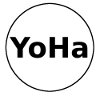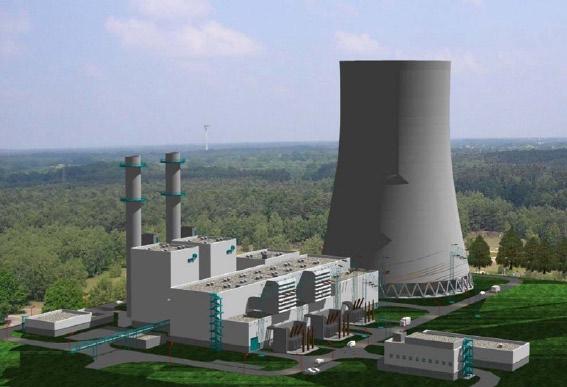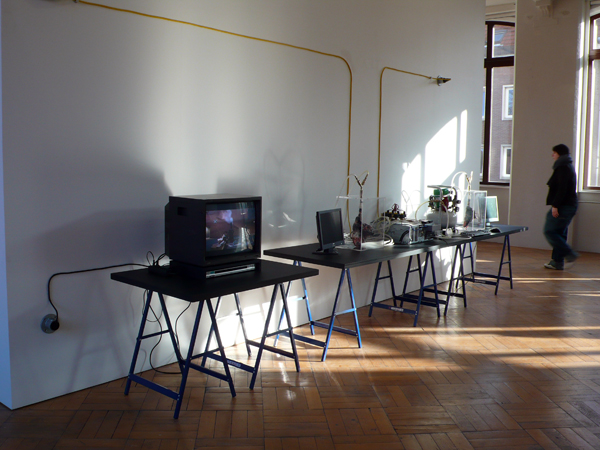
Steam Powered Search
The 19th century's great engines of change vented coal-fed steam. This was a society that rested on its mines; its products dominated life and determined its inventions and transport infrastructure. In this way the coal mines of England recursively transformed the bodies of those who touched them and redirected large parts of its society to feed its machines.
In 1825 the steam engine escaped from the mine and spread out across the landscape, applying itself to transportation. By 1840 the Great Western Railway Engines demanded that the landscape be compressed into manageable chunks of aligned timetables. This was the first time all the cities in the UK used the same time zone, helping coordinate their bodies into mass labour. The mines transformed the body as the body transformed the mine, feeding lungs into the hungry boilers of empire.

The proposed Netherlands Coal Fired Power Station in Eemshaven will supply of power through steam turbines to its biggest customer on site, a new Google Data Center.
For millennium a message could only travel as fast as it could be physically transported. Out of the social turmoil of the French Revolution and Dolland’s invention of the telescope in 1758, the Chappe brothers were able to build in 1791 a visual semaphore system that could carry Napoleon's messages at speeds over 400 miles an hour. This began to loosen the link between communication and transport, a link which finally broke on 25 July 1837 somewhere between Euston terminus and Camden Town Station London when Cooke and Wheatstone installed their invention of the electrical telegraph for the North Western Railway.
When the conceptual engine of the telegraph collided with electrical generation and the railway, it enabled new engines to encode thought into wires and surround the planet. In May 1853, aided by the steam ship Monarch, England was for the first time connected to The Netherlands in an information network. In 1865-1866 the world’s largest steamship, SS Great Eastern, laid the first working transatlantic submarine telegraph cable. These cables soon criss-crossed the world, re-compressing the ocean’s trade winds into global markets, realigning trade and production into the rows and columns of the bookkeeper’s ledger.

The SS Great Eastern, designed by Isambard Kingdom Brunel, and built by J Scott Russell & Co. at Millwall on the River Thames, London
The conceptual machines of the 19th Century unfold into our everyday lives, building away from the dusty world of miners underground. Computers trivialise our experience into their databases, as the internet supersedes the telegraph.
Overwhelming information circulating the world in wires, compressed into databases, fuels our perpetual crisis: ecological, economic and social. As we approach the nadir of the 19th Century’s triumphant globalism, we set the controls of our drifting iceberg of market economy to the heart of ecological self-destruct. We spend our remaining moments forming fictions out of the authority derived from the comparison of database records. We then panic at what is absent from the Oracle of our predictive models and, as the ice melts, create control systems not as blunt instruments of authority but as relentless conceptual machines of software cultures that monitor crisis as they create it.
Art in this context becomes a calming anaesthetic, warmly suffusing our social bodies, blunting the convulsions as everything goes situation critical. Art fills the gaps of economic Darwinism's lack of imagination - a cheap panacea for social inclusion, economic regeneration, health inequalities and the maintenance of an unfair world.

CFC, STUK,Artefact 2011
 bnr#44 => Invisible Airs, Database Security Access, Council Building, Bristol, UK
bnr#44 => Invisible Airs, Database Security Access, Council Building, Bristol, UK